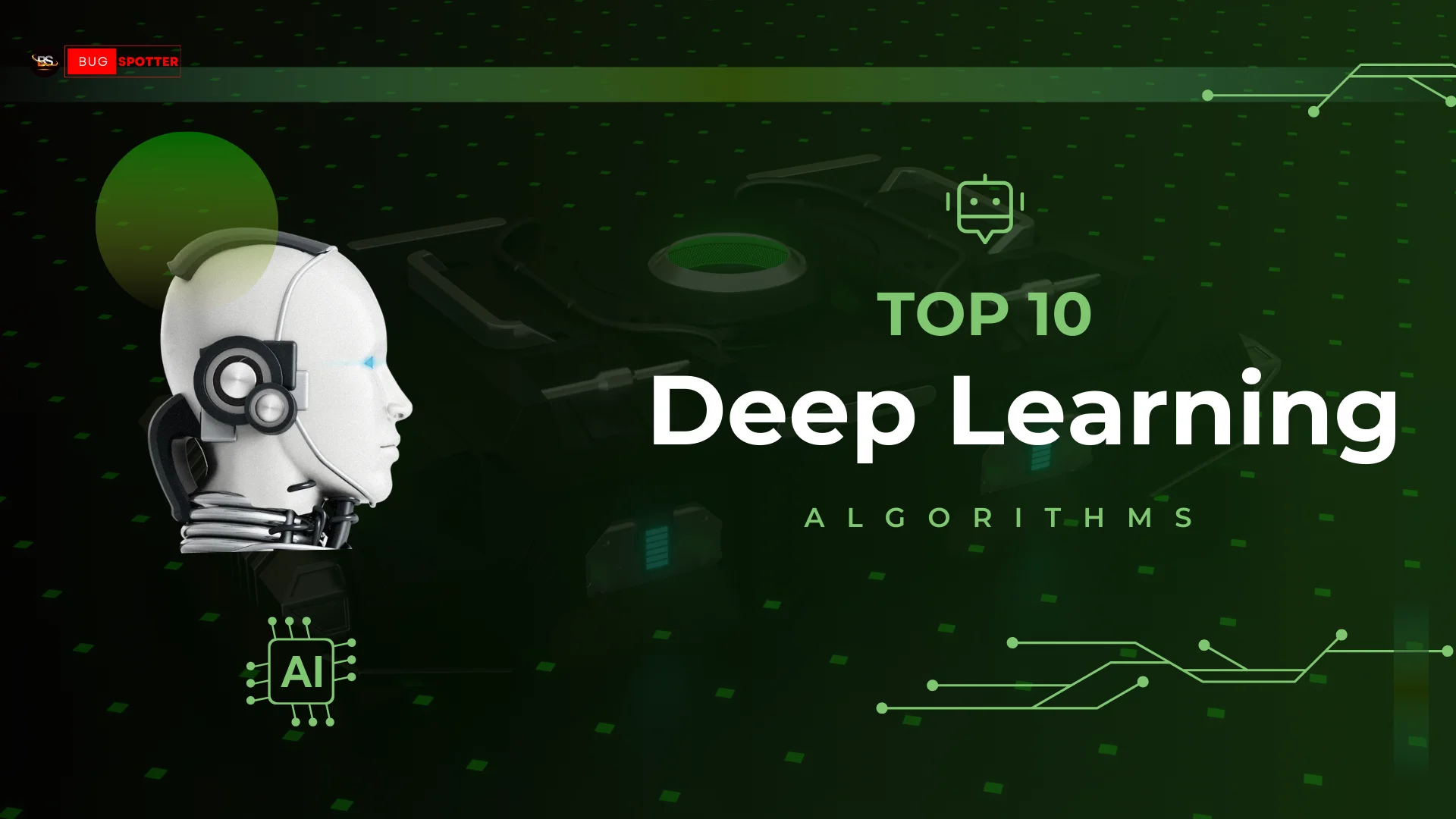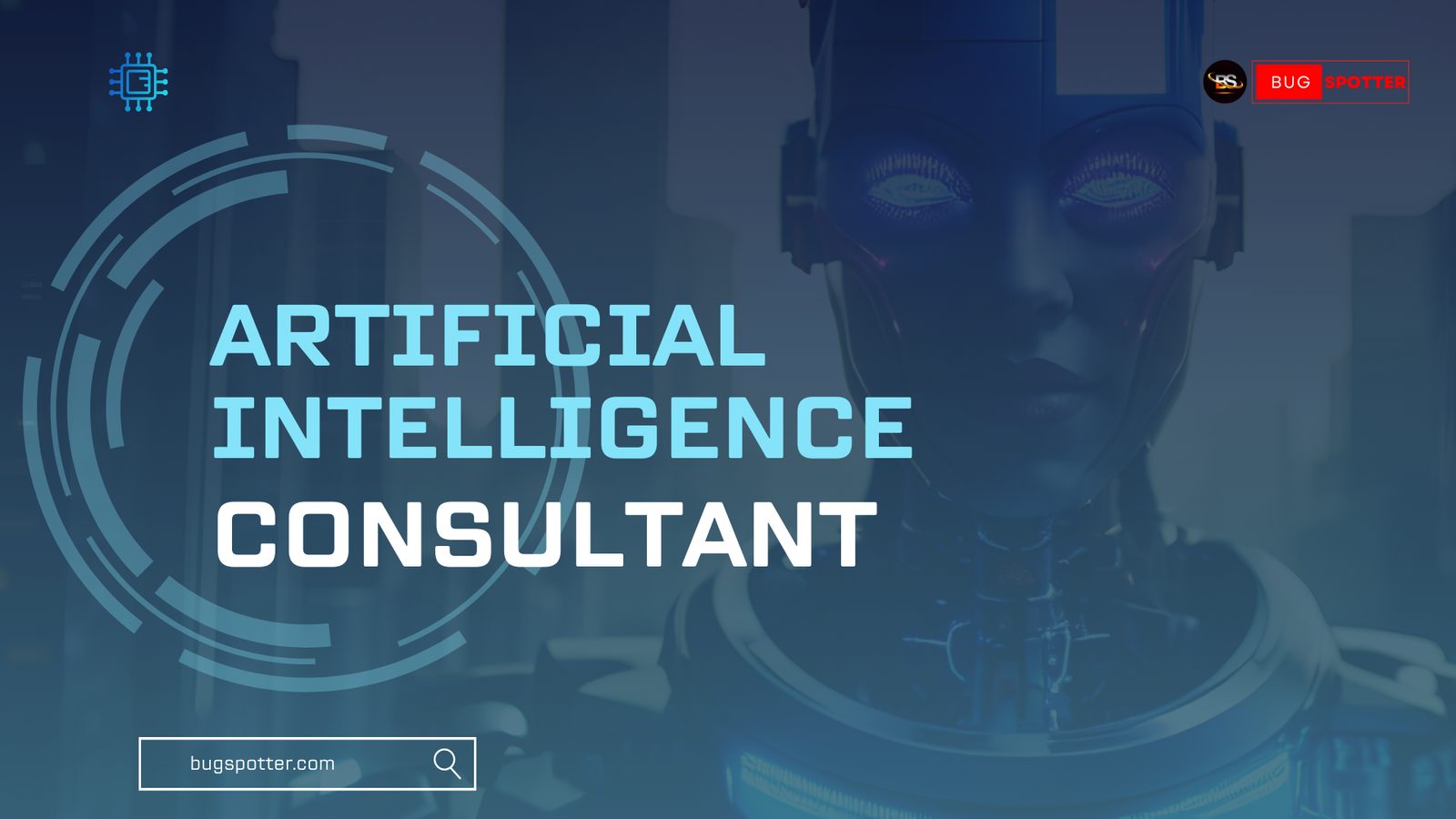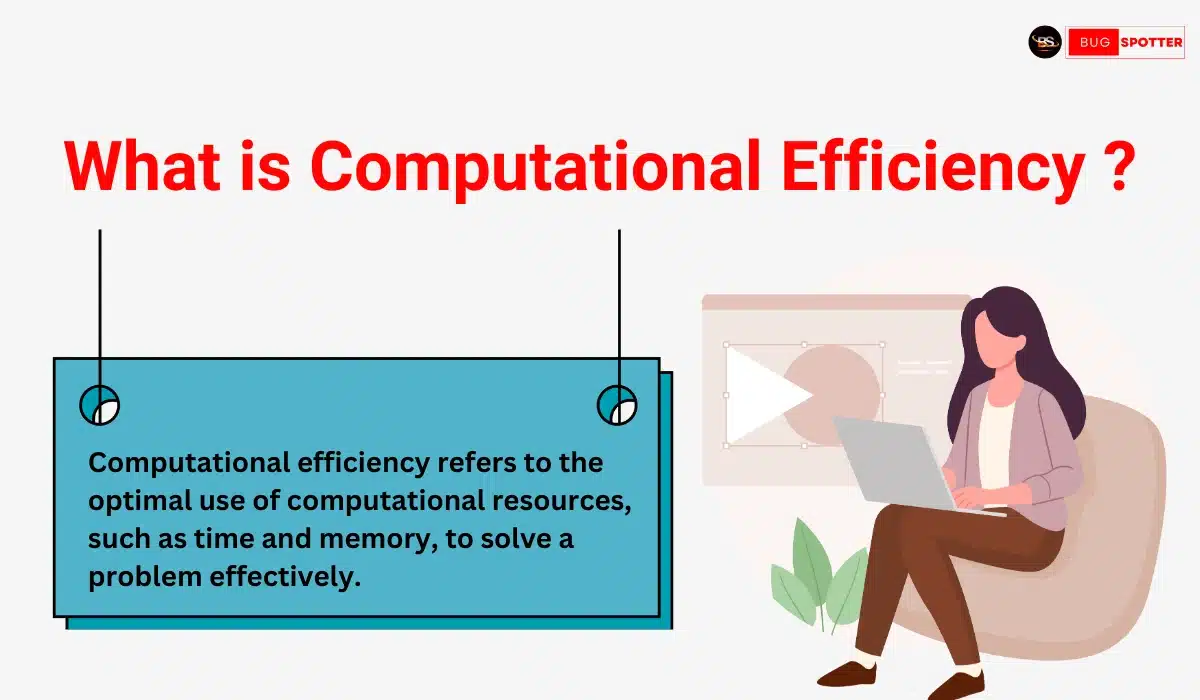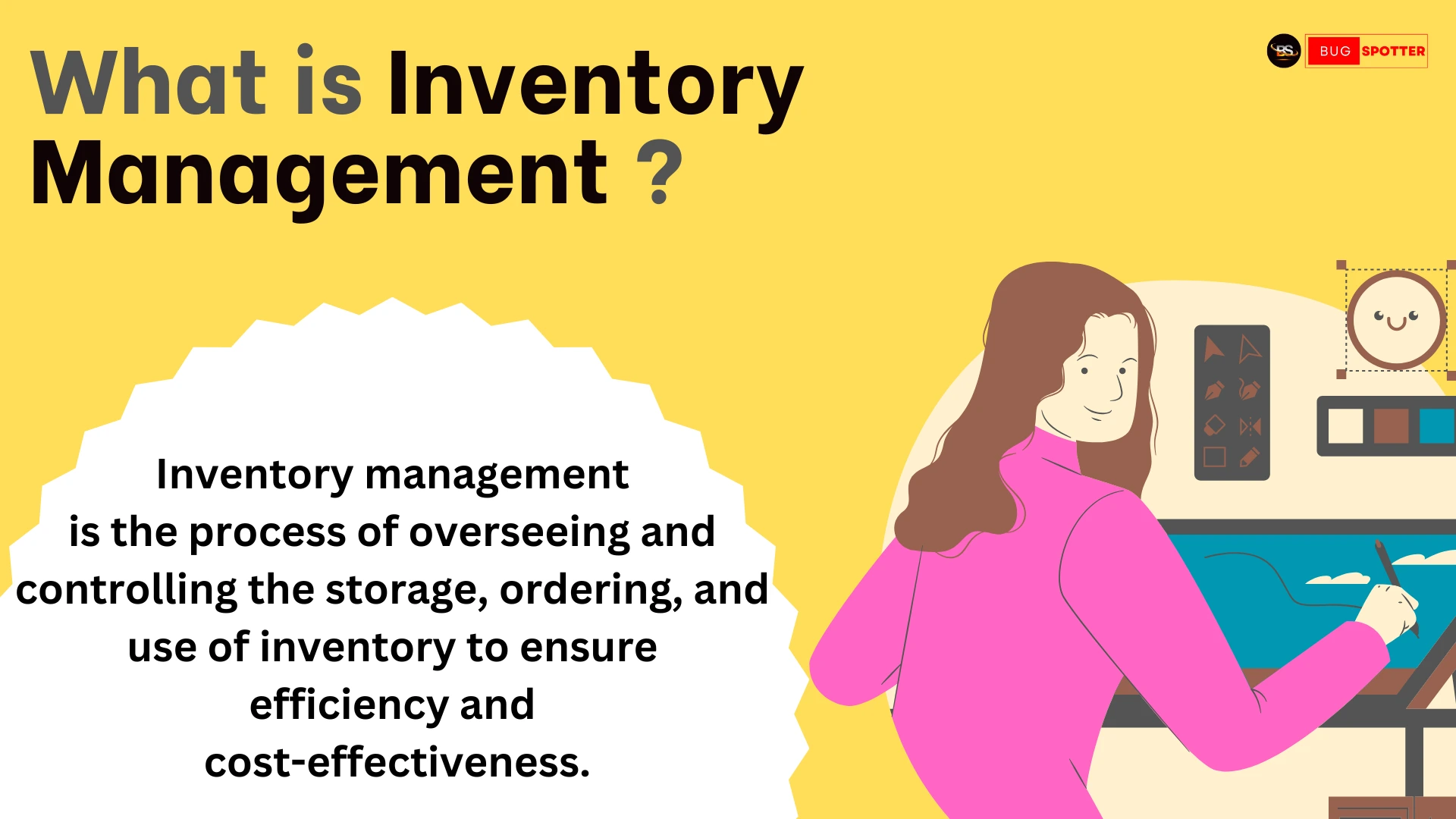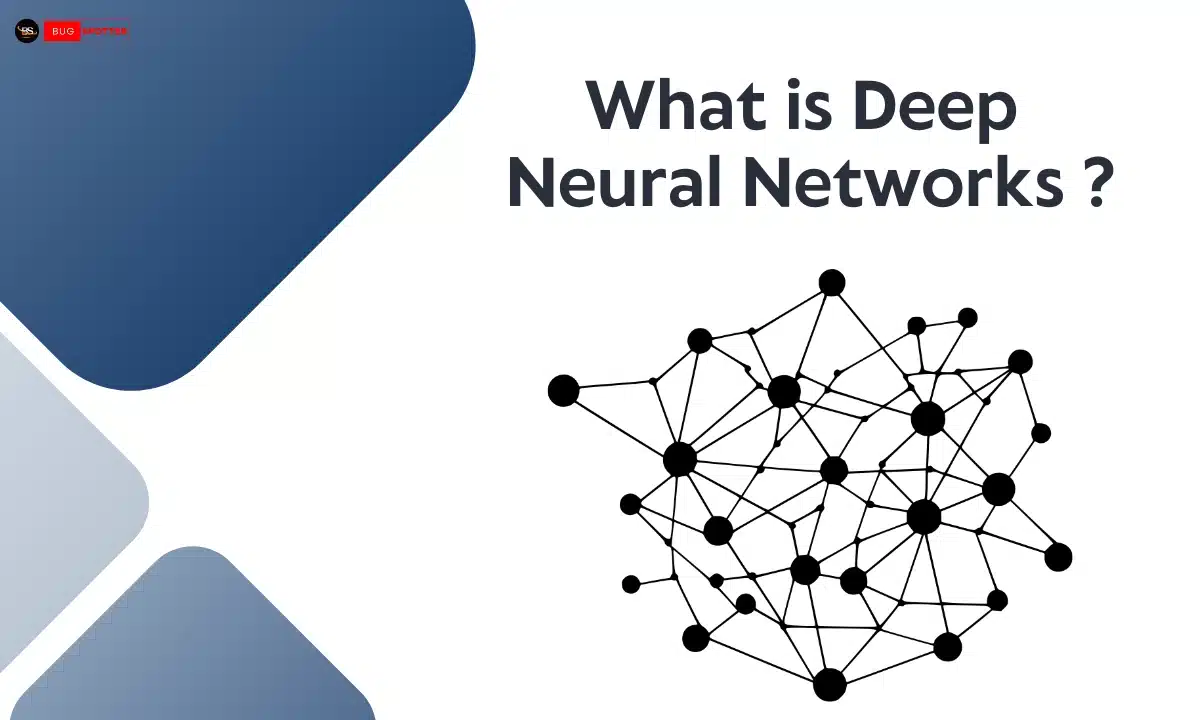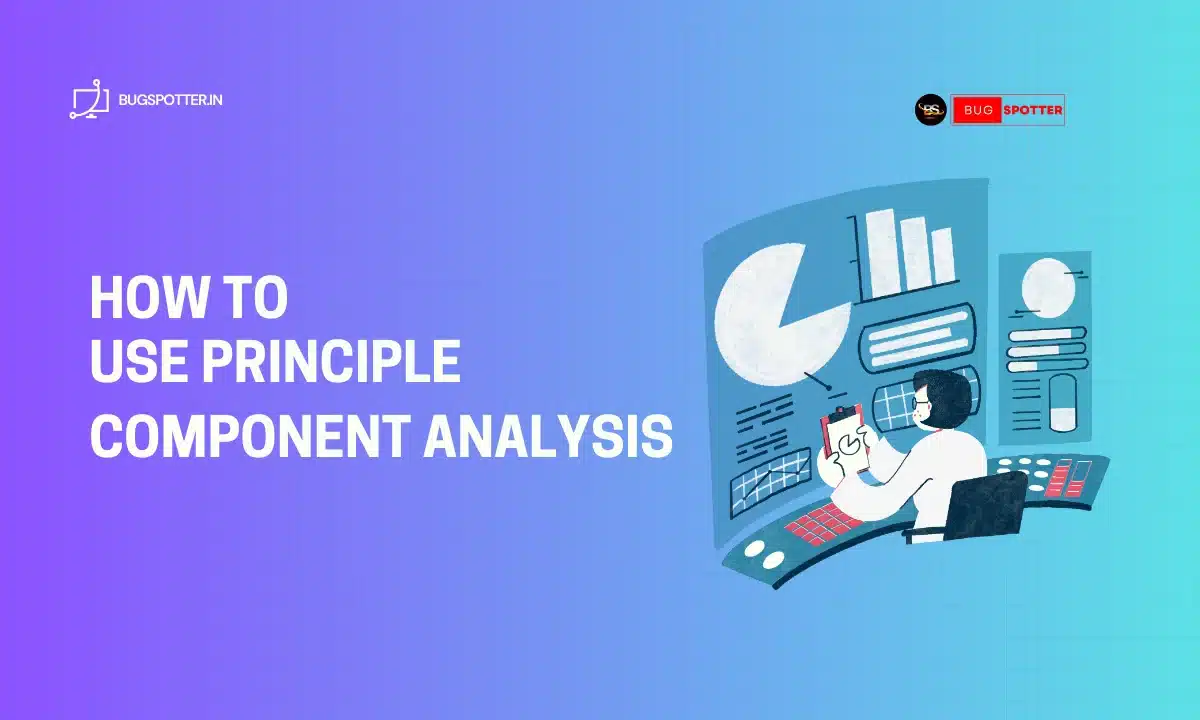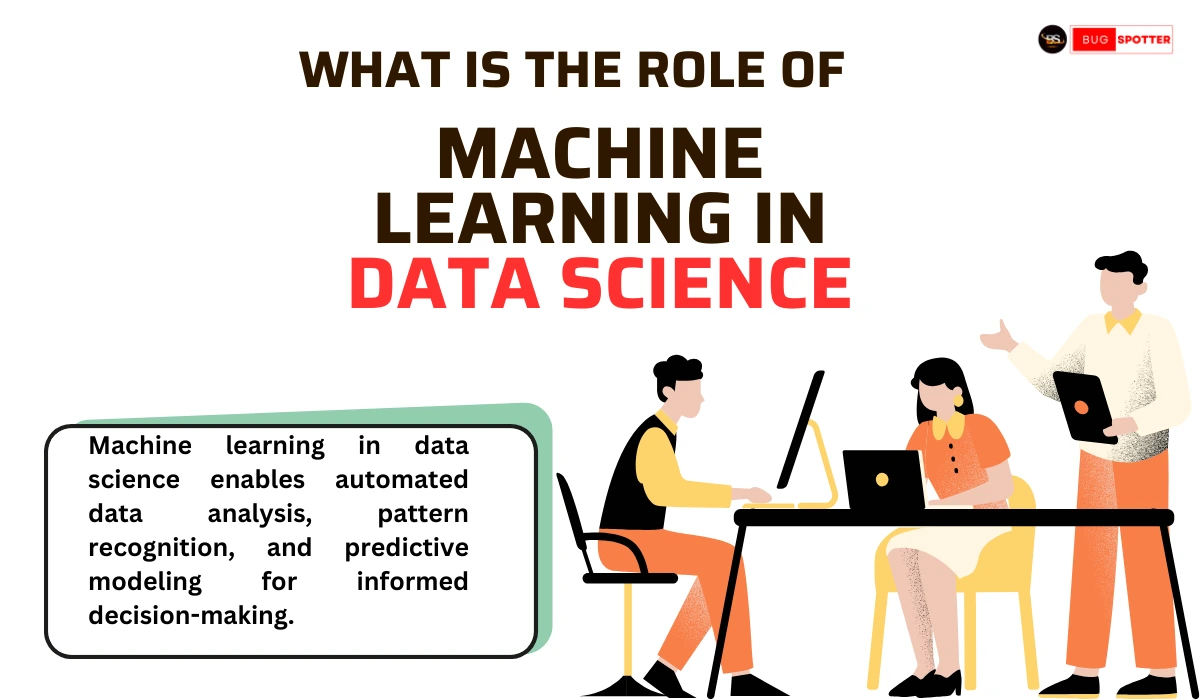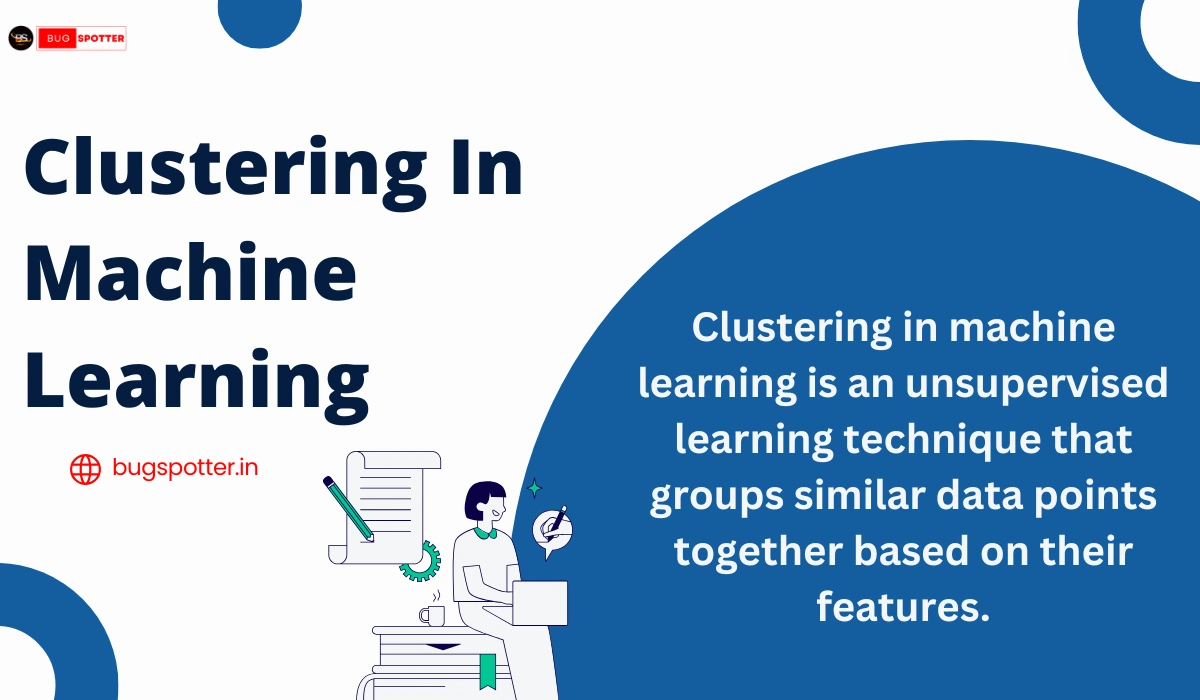Data Science Interview Questions for IBM
Table of Contents

Data Science Questions
1.What is data science?
Data science is a field that uses statistical, mathematical, and computational techniques to analyze and interpret complex data. It combines elements of computer science, statistics, and domain expertise to extract insights and support decision-making.
2.What is the difference between AI, machine learning, and deep learning?
Artificial Intelligence (AI) refers to systems designed to simulate human intelligence. Machine learning is a subset of AI focused on enabling systems to learn from data. Deep learning is a type of machine learning using neural networks with many layers for complex problem-solving.
3.What is feature scaling, and why is it important?
Feature scaling is the process of normalizing or standardizing data. It’s crucial because many algorithms perform better and converge faster when features are on a similar scale.
4.What are the different types of data visualizations?
Common types include bar charts, line graphs, histograms, scatter plots, pie charts, heat maps, and box plots. Each serves a specific purpose in effectively conveying insights.
5.What is regularization in machine learning?
Regularization is a technique to prevent overfitting by adding a penalty term to the model’s loss function, controlling model complexity.
6.What is a random forest?
A random forest is an ensemble learning method that builds multiple decision trees during training. It combines their outputs for improved accuracy and to reduce overfitting.
7.What is the purpose of using cross-validation?
Cross-validation assesses a model’s ability to generalize to unseen data by repeatedly training and testing it on different data subsets.
8.What is the significance of the p-value in hypothesis testing?
The p-value indicates the strength of evidence against the null hypothesis. A low p-value suggests strong evidence against the null hypothesis, often leading to its rejection.
9.What is the difference between parametric and non-parametric methods?
Parametric methods assume a specific data distribution, while non-parametric methods make no assumptions, making them more flexible for various data types.
10.What is clustering, and what are its applications?
Clustering is an unsupervised learning method to group similar data points. Applications include customer segmentation, image segmentation, and anomaly detection.
11.What is the importance of data cleaning?
Data cleaning corrects errors, inconsistencies, and missing values in data, enhancing data quality and the accuracy of analysis or model results.
12.What is a bias-variance tradeoff?
The bias-variance tradeoff involves balancing model accuracy and complexity. High bias leads to underfitting, while high variance can lead to overfitting.
13.What are some common evaluation metrics for classification models?
Metrics include accuracy, precision, recall, F1 score, and AUC-ROC. Each provides insight into different aspects of model performance.
14.What is reinforcement learning?
Reinforcement learning is a type of machine learning where an agent learns optimal actions by maximizing rewards through trial and error in an environment.
15.What is the role of a data analyst?
A data analyst collects, processes, and analyzes data to provide insights that guide business decisions, using statistical and visualization tools.
16.What are text mining and its applications?
Text mining involves extracting meaningful information from unstructured text data. Applications include sentiment analysis, topic modeling, and document clustering.
17.What is the purpose of exploratory data analysis (EDA)?
EDA helps in understanding data distributions, relationships, and patterns, allowing data scientists to clean data and make informed modeling choices.
18.What is the difference between supervised and unsupervised learning?
Supervised learning uses labeled data to train models, while unsupervised learning identifies patterns or clusters in unlabeled data.
19.What is dimensionality reduction, and why is it used?
Dimensionality reduction reduces the number of features in data, improving model efficiency and visualization, especially with large datasets.
20.What is time series analysis?
Time series analysis involves analyzing data points collected over time to identify trends, patterns, or seasonal effects.
21.What is gradient descent, and how does it work?
Gradient descent is an optimization algorithm that minimizes the loss function by iteratively adjusting model parameters in the direction of steepest descent.
22.What is a support vector machine (SVM)?
SVM is a supervised learning algorithm that finds the hyperplane that best separates classes in feature space, often used for classification tasks.
23.What are hyperparameters, and why are they important in machine learning?
Hyperparameters are model settings not learned from data, such as learning rate or number of trees in a forest, and significantly impact model performance.
24.What is a neural network?
A neural network is a computational model inspired by the human brain, consisting of interconnected nodes (neurons) in layers, and is used for complex pattern recognition tasks.
25.What is the difference between classification and regression?
Classification assigns data points to predefined categories, while regression predicts continuous values, such as prices or temperatures.
26.What are some common data preprocessing techniques?
Techniques include handling missing values, encoding categorical data, scaling features, and normalizing distributions to prepare data for analysis.
27.What is overfitting, and how can it be prevented?
Overfitting occurs when a model learns noise in the training data. It can be prevented with techniques like regularization, cross-validation, and simpler models.
28.What are decision trees, and how do they work?
A decision tree is a model that splits data into branches based on feature values. Each leaf represents a classification or decision, simplifying complex data.
29.What are the main differences between SQL and NoSQL databases?
SQL databases are relational and structured, using tables, while NoSQL databases are flexible, handling unstructured data, ideal for large-scale applications.
30.What is natural language processing (NLP)?
NLP is a field in AI focused on enabling machines to understand, interpret, and respond to human language, with applications in sentiment analysis, chatbots, and translation.




